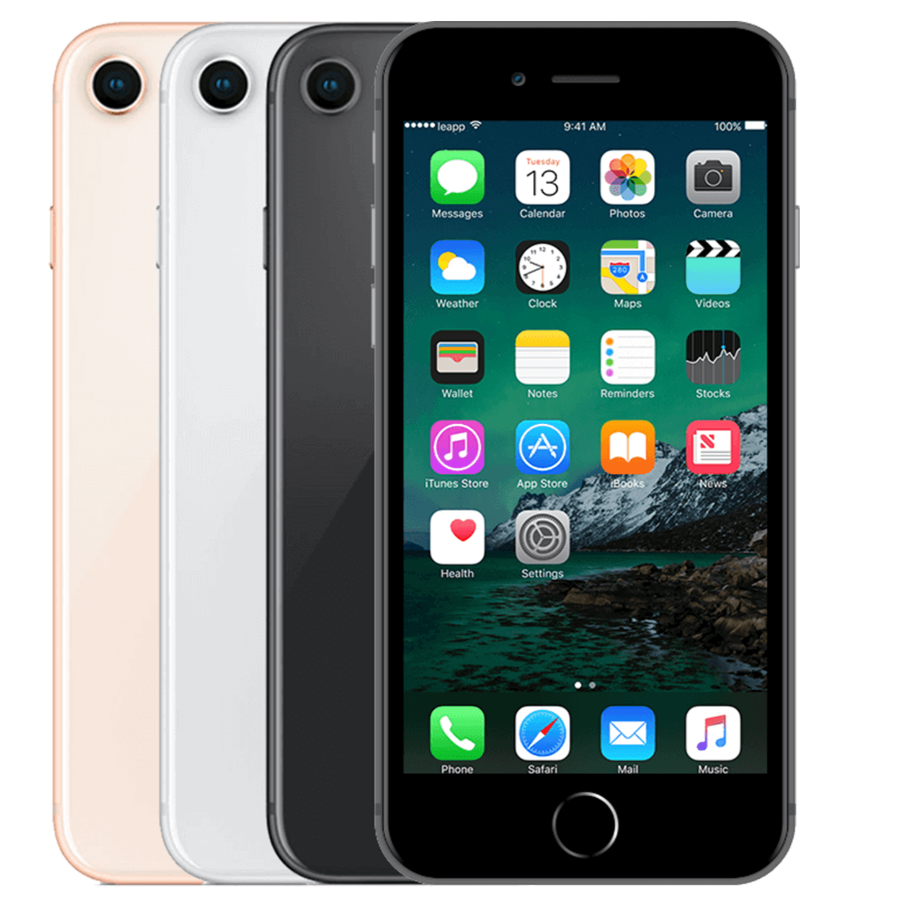The Chip Race Myth: Why Faster Isn't Always Better
From 620 MHz to 3.46 GHz. In fifteen years, the clock speed of iPhone chips increased fivefold. Every year, faster, more powerful, and more expensive. We chase that latest processor, wanting the fastest chip in our pockets. We upgrade as soon as Apple adds another letter to its Bionic series.
But here's the secret Apple prefers not to share: for 95% of what you do , you'll barely notice the difference between an A13 and an A16 chip. WhatsApp, scrolling, music through your AirPods —an iPhone 11 handles it just as smoothly as a 14 Pro. The real bottleneck isn't your processor, but your internet speed, your battery weakening after two years, or that cracked screen you didn't buy a case for.
The chip race is mostly marketing . And yet we're still buying the latest gadgets en masse.
Useful links
- iPhone collection - compare different generations
- Accessories - protect your investment
- AirPods - the perfect complement
The numbers behind the chip race
The evolution of iPhone processors reads like a success story. From the modest 620 MHz ARM 11 in the original iPhone from 2007 to the impressive 3.46 GHz Apple A16 Bionic in the iPhone 14 Pro. A fivefold increase in clock speed in fifteen years. But what do these numbers actually mean for you as a user?
Let's face it: most people use their phones for WhatsApp, Instagram, a bit of TikTok, streaming music, and taking photos. For these tasks, the difference between a 2019 A13 Bionic and the latest A16 is barely noticeable. Sending messages is just as fast, and your feed refreshes in the same fraction of a second.
When do you notice the difference?
There are specific scenarios where a newer chip truly shines. For example, intensive video editing in 4K, or playing graphics-intensive games like Genshin Impact. The A14 Bionic and later excel here thanks to their improved Neural Engine for machine learning tasks.
Photography is another area where modern chips excel. The image processing of an iPhone 13 with A15 Bionic produces noticeably better night photos than an iPhone X with A11. This isn't due to the camera itself, but to smarter software algorithms that require more processing power.
Practical comparison between generations
Consider the jump from the dual-core A9 (1.85 GHz) to the hexa-core A11 Bionic (2.39 GHz). On paper, it's a huge leap: from two to six cores, a higher clock speed, and a new architecture. In practice? Apps open a fraction faster, and battery life is a bit longer thanks to more efficient power management.
The real revolution came with the A7 in 2013: the first 64-bit mobile processor. This paved the way for more professional apps and better multitasking. But even this milestone meant more for the average user: your phone stays usable longer before apps become too heavy.
The real bottlenecks
Here's the inconvenient truth: the processor is rarely the problem. Your iPhone feels slow because:
- The battery only has 80% capacity after two years
- The storage memory is filling up with photos and apps
- Your 4G connection is stuttering in busy areas
- iOS updates are optimized for newer models
An iPhone 11 with the A13 Bionic from 2019 still runs iOS 17 smoothly. The difference with an iPhone 14 (also with the A15 Bionic, but the 2022 version) is marginal for everyday use. Apple even recycles chips: the regular iPhone 14 uses the same A15 as the iPhone 13 series.
Sustainability and availability
The hunt for the latest chip has a downside. A new phone every year means more electronic waste, more mining, and more CO2 emissions. A refurbished iPhone 12 with A14 Bionic is more than powerful enough for 95% of users. This model supports iOS updates for years to come and all the latest features like 5G.
The availability of older models with "slower" chips actually presents opportunities. A 2022 iPhone SE with A15 Bionic costs a fraction of an iPhone 14 Pro, yet offers the same processing power for everyday tasks. The screen is smaller, the cameras less advanced, but the chip? It's blazing fast.
What you really need
For most users, an iPhone with at least an A12 Bionic (from the iPhone XR onwards) is sufficient. This chip from 2018 supports all modern features, runs the latest apps smoothly, and will continue to receive software support for years to come. The A10 Fusion from the iPhone 7 is starting to reach its limits, especially during heavy multitasking.
If you choose a newer model, do so for the right reasons: better cameras, longer battery life, 5G support, or a larger screen. Not because the chip clocks 0.3 GHz faster. Because for your daily apps, music, and browsing, it really makes no difference.
The evolution from 620 MHz to 3.46 GHz is technically impressive. But the lesson is clear: we've passed the point where more megahertz automatically means a better experience. The chip race continues, but you don't necessarily have to run with it.
Conscious Choice in the Chip Race
The jump from 620 MHz to 3.46 GHz is technologically impressive, but largely irrelevant for your daily use. A refurbished iPhone with a three-year-old chip will run your apps just as smoothly as the latest model.
The chip race has become mostly a marketing gimmick – the real improvements lie in cameras, battery life, and screen quality. So choose wisely: upgrade when your phone truly can't handle it anymore, not just because Apple adds another letter to its processor. Your wallet and the planet will thank you.


























